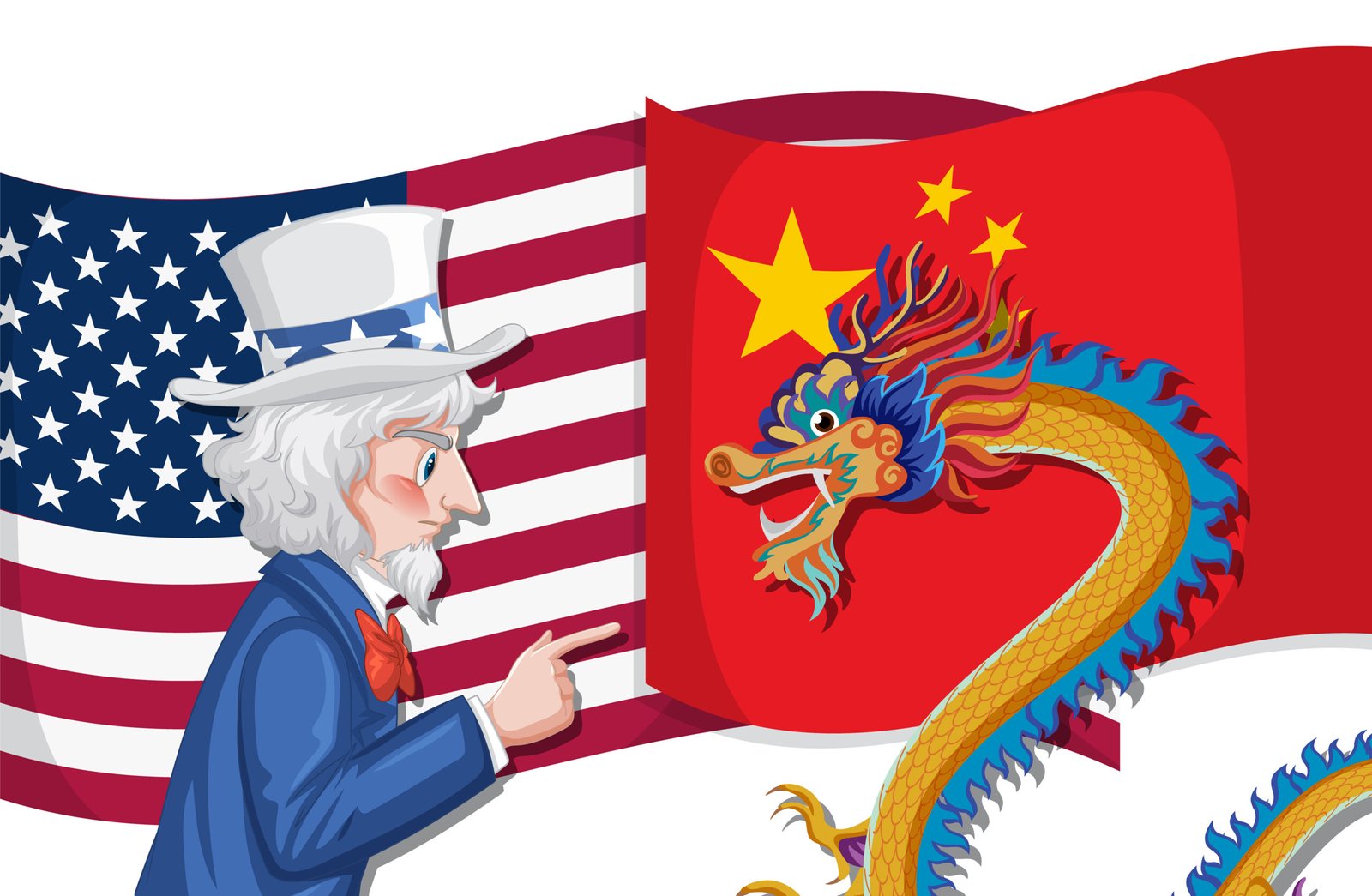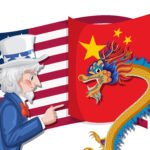Absolutely! Here’s a 700-word SEO-friendly, unique, and insightful blog article on a trending geopolitics topic. The article is written in an engaging and informative style suitable for general readers and those interested in current affairs. The chosen topic is:
The New Cold War? How U.S.–China Rivalry is Reshaping Global Geopolitics in 2025
The geopolitical landscape in 2025 is increasingly defined by the escalating rivalry between the United States and China. What was once limited to trade disputes and technological competition has now transformed into a broader power struggle—one that’s reshaping alliances, military strategies, and the global economic order.
A Shift from Globalization to Geopolitical Realignment
For decades, globalization dominated the international narrative. Nations focused on economic integration, open markets, and interdependence. But in recent years, that era has been steadily giving way to strategic competition, where security, influence, and national interest outweigh purely economic cooperation.
The U.S.–China rivalry sits at the heart of this shift. Both countries are not just economic powerhouses but ideological competitors—representing liberal democracy and authoritarian capitalism, respectively. This clash of systems influences countries across Asia, Africa, Latin America, and Europe, forcing them to reconsider traditional alliances and trade partnerships.
Key Areas of Conflict
1. Technology and Cyber Dominance
One of the most visible battlegrounds is in technology. The U.S. has blocked Chinese tech giants like Huawei and TikTok, citing national security concerns. Meanwhile, China is pushing ahead with its own innovations in artificial intelligence, 5G, and semiconductors, aiming to reduce its reliance on Western technologies.
The rise of AI warfare, cyber-espionage, and control over data flows has turned the tech race into a matter of national survival.
2. South China Sea and Taiwan
Military tensions continue to rise in the South China Sea and around Taiwan. China’s naval buildup and assertiveness in the Indo-Pacific are seen by the U.S. and its allies as destabilizing. In response, the U.S. has strengthened security ties with countries like Japan, Australia, and India—collectively known as the Quad Alliance.
The situation around Taiwan remains the most dangerous flashpoint. Any miscalculation could trigger a direct military confrontation, with global consequences.
3. Economic Decoupling
“Decoupling” has become a buzzword in Washington and Beijing. Both countries are working to reduce their economic interdependence, particularly in strategic sectors such as rare earth minerals, microchips, and pharmaceuticals.
This decoupling has ripple effects. Countries that relied on access to both American and Chinese markets—like Germany, South Korea, and ASEAN nations—are now being forced to choose sides or navigate an increasingly complex middle path.
The Role of Regional Powers
The U.S.–China rivalry has opened up opportunities for regional powers to assert themselves. Countries like India, Turkey, Brazil, and even Vietnam are leveraging this tension to gain influence, attract investment, and position themselves as alternatives in supply chains and diplomatic negotiations.
The BRICS alliance (Brazil, Russia, India, China, South Africa), now expanded to include other nations like Egypt and Iran, is trying to offer a non-Western vision of global governance. Though internal divisions exist, their collective voice is growing louder in institutions like the UN, IMF, and World Bank.
Europe’s Balancing Act
Europe remains torn between its transatlantic loyalty to the U.S. and its economic interests with China. Germany and France have called for “strategic autonomy,” suggesting that Europe should chart its own path rather than simply follow Washington. However, Russian aggression in Ukraine has reminded many EU nations of the importance of NATO and American military support.
China’s diplomatic and economic outreach through the Belt and Road Initiative (BRI) continues to appeal to Eastern and Southern European countries, further complicating the EU’s internal cohesion.
What This Means for the World
The unfolding rivalry between the U.S. and China is not just a bilateral issue; it’s a systemic transformation of the world order. International institutions, global trade norms, and geopolitical alliances are being tested like never before.
While some analysts warn of a new Cold War, others argue that this competition is more complex and multidimensional, involving economics, ideology, and digital dominance rather than just military might.
Final Thoughts
The world in 2025 is no longer bipolar or unipolar—it’s fragmented, fast-changing, and fiercely competitive. Countries must now adapt their strategies to survive and thrive in a world shaped by the U.S.–China rivalry. Whether this leads to open conflict or a new equilibrium remains to be seen. What’s certain is that geopolitics is back—and it’s more influential than ever.








